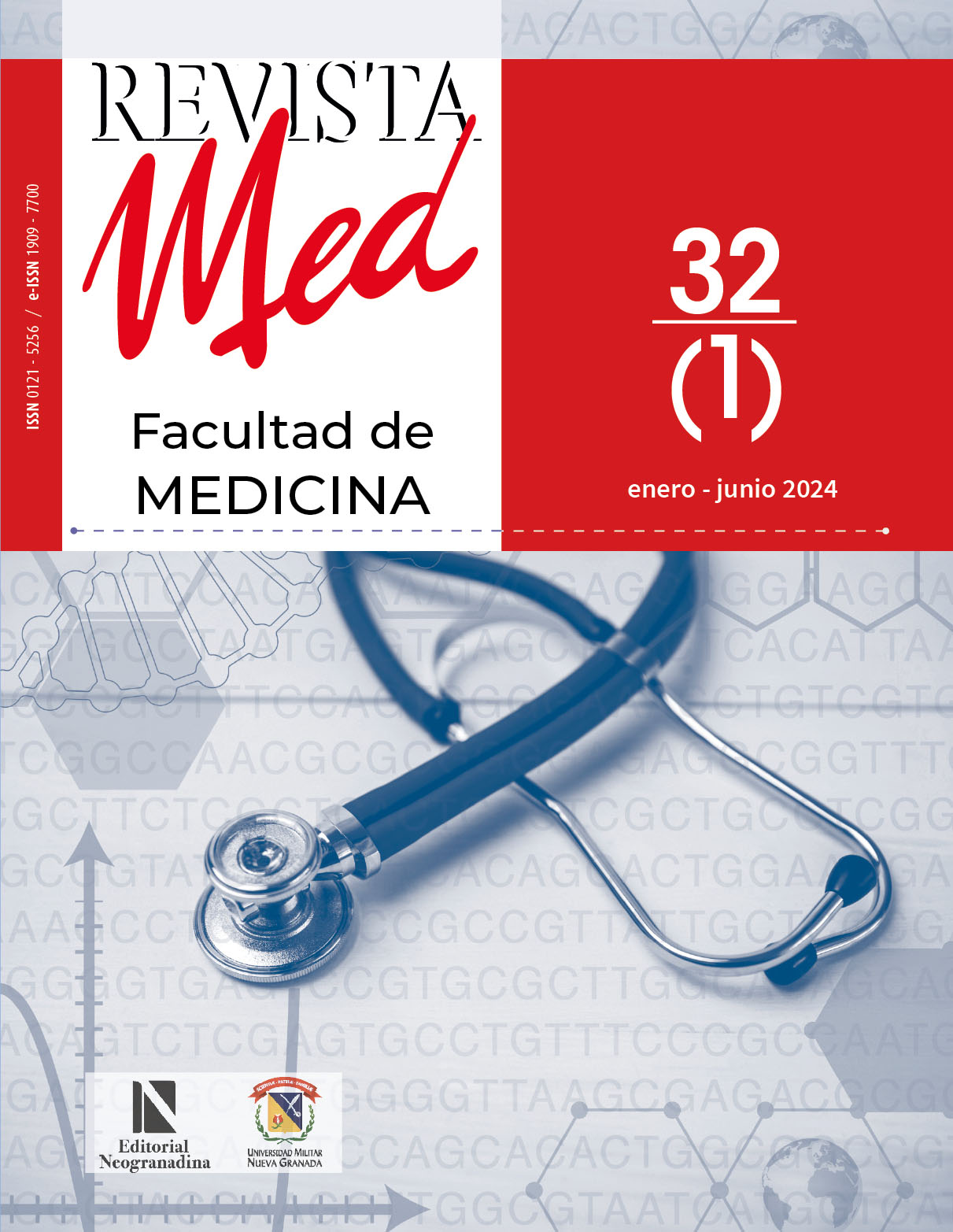Unveiling the relationship: Sacroiliac Joint Dysfunction as an Overlooked Factor in Lumbar Back Pain
Abstract
Introduction: The Sacroiliac joint (SIJ) is a crucial connection found between the sacrum and ilium. It plays a vital role in transferring forces during physical activity, such as running. Its biomechanical function is crucial for ensuring stability, as it is supported by ligaments and pelvic floor muscles that work together to ensure this for individuals. However, SIJ dysfunction can be linked to lower back pain, which is a condition that affects around 70-85% of Western society. Causes: SIJ dysfunction originates from various factors, such as abnormal motion or malalignment. These conditions can arise from multiple causes: arthritis, trauma, or nontypical gait patterns. Diagnosis: Physical examinations are included in the diagnosis of SIJ dysfunction. They are called FABER, compression, distraction, thigh thrust, and Gaenslen. Three provocative test results are oftentimes required for a diagnosis. Other methods of diagnosis are also used, like X-rays, MRIs, and joint injections. Misdiagnosis: Nevertheless, although multiple methods exist to diagnose SIJ dysfunction, it is very commonly misdiagnosed. This is because the condition mimics symptoms of other conditions, and its etiology is overlooked. Treatment: When diagnosed, SIJ dysfunction can be treated through a range of measures. Either conservative treatments can be done, like physical therapy and NSAIDs, or more invasive procedures, such as surgical interventions, can be used to treat SIJ dysfunction. Conclusion: SIJ dysfunction is a prevalent, misdiagnosed condition that affects many individuals. This review highlights the importance of raising awareness among the public and clinicians to ensure an accurate diagnosis and treatment is given to patients.
Downloads
References
Buchanan, P., Vodapally, S., Lee, D. W., Hagedorn, J. M., Bovinet, C., Strand, N., Sayed, D., & Deer, T. (2021). Successful Diagnosis of Sacroiliac Joint Dysfunction. Journal of pain research, 14, 3135–3143. https://doi.org/10.2147/JPR.S327351
Gartenberg, A., Nessim, A., & Cho, W. (2021). Sacroiliac joint dysfunction: pathophysiology, diagnosis, and treatment. European Spine Journal, 30(10), 2936–2943. https://doi.org/10.1007/s00586-021-06927-9
Abdollahi, S., Sheikhhoseini, R., Rahimi, M., & Huddleston, W. E. (2023). The sacroiliac dysfunction and pain is associated with history of lower extremity sport related injuries. BMC sports science, medicine & rehabilitation, 15(1), 36. https://doi.org/10.1186/s13102-023-00648-w
Capobianco R, Cher D, SIFI Study Group (2015) Safety and efectiveness of minimally invasive sacroiliac joint fusion in women with persistent post-partum posterior pelvic girdle pain: 12-month outcomes from a prospective, multi-center trial. Springerplus. 4:570
Kiapour, A., Joukar, A., Elgafy, H., Erbulut, D. U., Agarwal, A. K., & Goel, V. K. (2020). Biomechanics of the Sacroiliac Joint: Anatomy, Function, Biomechanics, Sexual Dimorphism, and Causes of Pain. International journal of spine surgery, 14(Suppl 1), 3–13. https://doi.org/10.14444/6077
Nejati, P., Sartaj, E., Imani, F., Moeineddin, R., Nejati, L., & Safavi, M. (2020, March). Accuracy of the diagnostic tests of sacroiliac joint dysfunction. Journal of chiropractic medicine. https://www.ncbi.nlm.nih.gov/pmc/articles/PMC7646135/
Telli, H., Telli, S., & Topal, M. (2018). The Validity and Reliability of Provocation Tests in the Diagnosis of Sacroiliac Joint Dysfunction. Pain physician, 21(4), E367–E376.
Barros, G., McGrath, L., & Gelfenbeyn, M. (2019). Sacroiliac Joint Dysfunction in Patients With Low Back Pain. Federal practitioner : for the health care professionals of the VA, DoD, and PHS, 36(8), 370–375.
Cusi M. F. (2010). Paradigm for assessment and treatment of SIJ mechanical dysfunction. Journal of bodywork and movement therapies, 14(2), 152–161. https://doi.org/10.1016/j.jbmt.2009.12.004
Song, R., Lee, S., & Lee, S. H. (2019). Progressive sacroiliitis due to accessory sacroiliac joint mimicking ankylosing spondylitis: A case report. Medicine, 98(16), e15324. https://doi.org/10.1097/MD.0000000000015324
Prassopoulos, P. K., Faflia, C. P., Voloudaki, A. E., & Gourtsoyiannis, N. C. (1999). Sacroiliac joints: anatomical variants on CT. Journal of computer assisted tomography, 23(2), 323–327. https://doi.org/10.1097/00004728-199903000-00029
Demir, M., Mavi, A., Gümüsburun, E., Bayram, M., Gürsoy, S., & Nishio, H. (2007). Anatomical variations with joint space measurements on CT. The Kobe journal of medical sciences, 53(5), 209–217.
Klang, E., Lidar, M., Lidar, Z., Aharoni, D., & Eshed, I. (2017). Prevalence and awareness of sacroiliac joint alterations on lumbar spine CT in low back pain patients younger than 40 years. Acta radiologica (Stockholm, Sweden : 1987), 58(4), 449–455. https://doi.org/10.1177/0284185116656490
Raj MA, Ampat G, Varacallo M (2020) Sacroiliac Joint Pain. StatPearls Publishing
Wu, L., Tafti, D., & Varacallo, M. (2023, September 4). Sacroiliac joint injection - statpearls - NCBI bookshelf. Sacroiliac Joint Injection. https://www.ncbi.nlm.nih.gov/books/NBK513245/
Aranke, M., McCrudy, G., Rooney, K., Patel, K., Lee, C. A., Hasoon, J., Urits, I., Viswanath, O., & Kaye, A. D. (2022). Minimally Invasive and Conservative Interventions for the Treatment of Sacroiliac Joint Pain: A Review of Recent Literature. Orthopedic reviews, 14(3), 31915. https://doi.org/10.52965/001c.31915

Copyright (c) 2024 Revista Med

This work is licensed under a Creative Commons Attribution-NonCommercial-NoDerivatives 4.0 International License.











